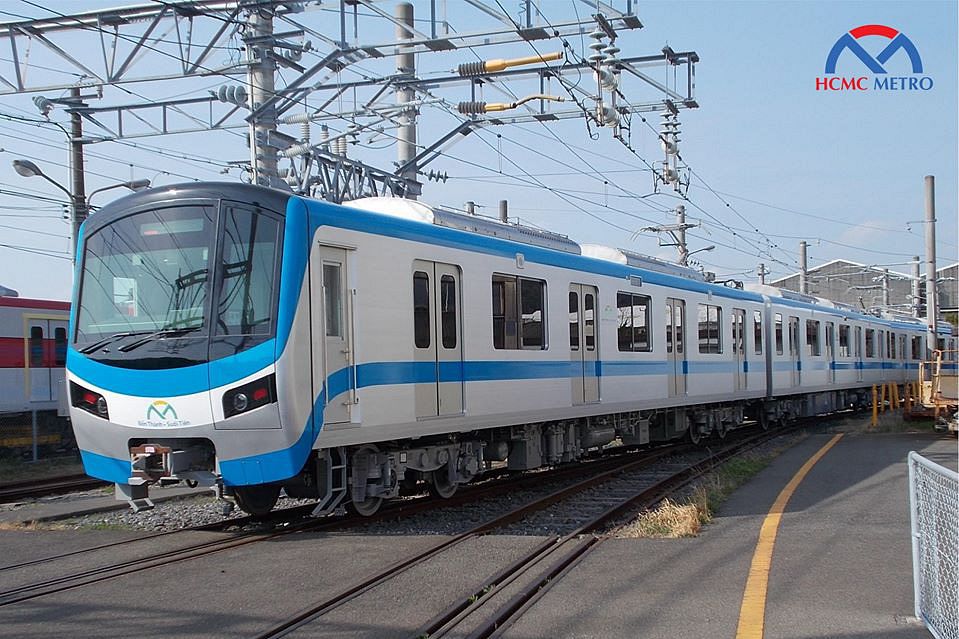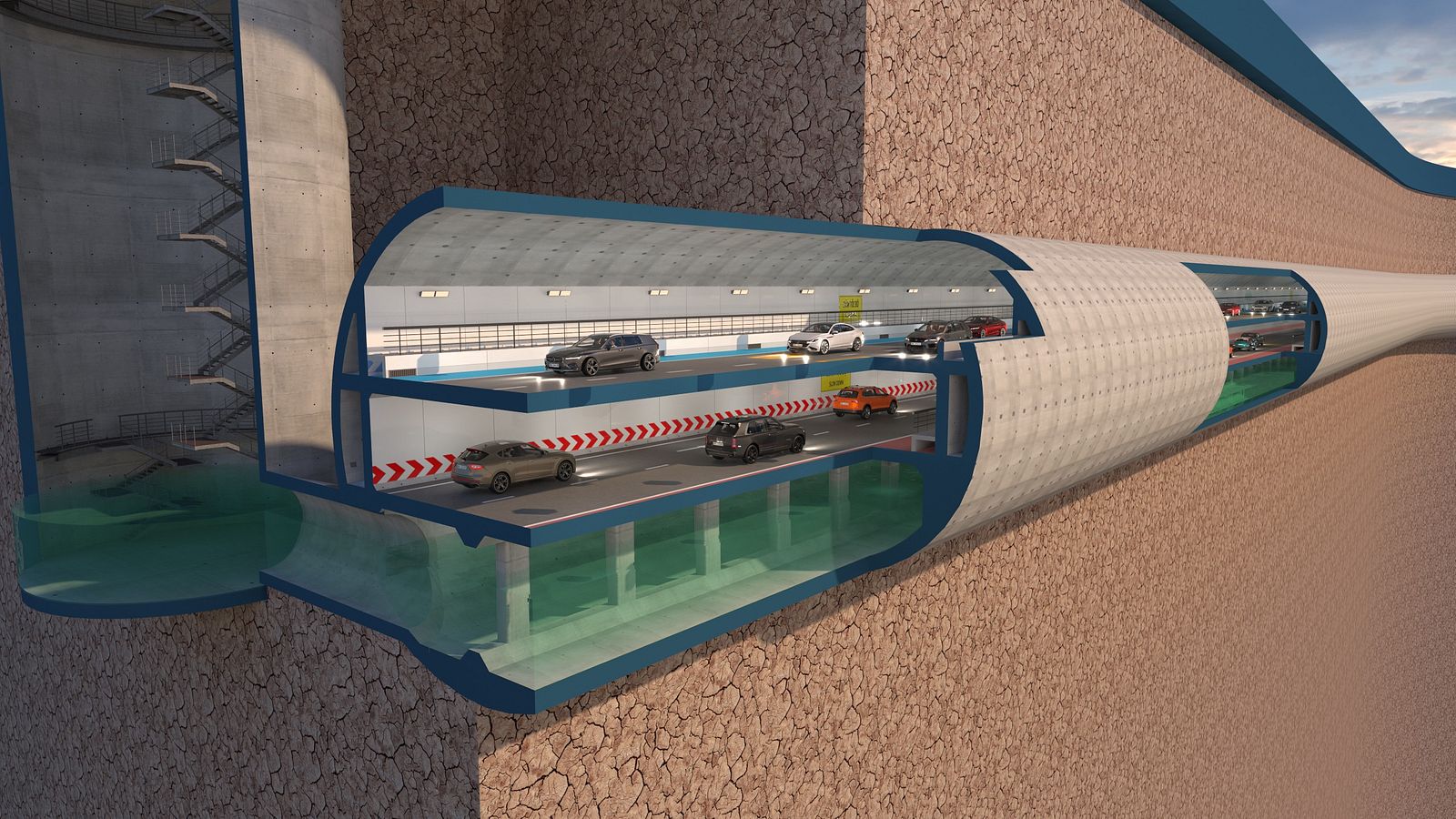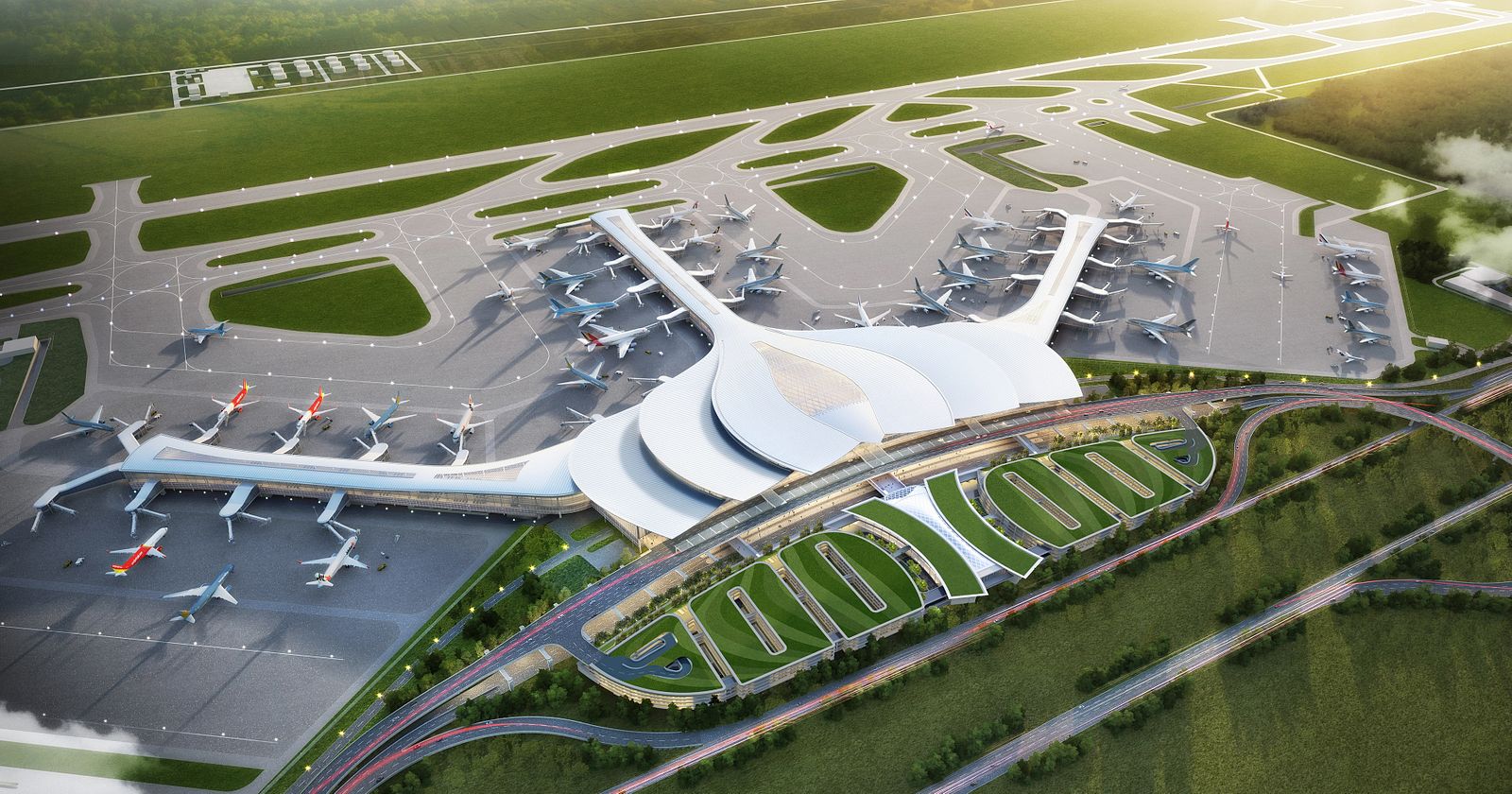A Saigon-based travel blogger and location-independent entrepreneur, or digital nomad, recently released a subway-style map of what train travel would look like in Southeast Asia if every currently proposed rail line in the region was built.
James Clark, originally from Melbourne, has been a long-term traveler since 1999, and these days he usually calls Saigon home. Clark maintains a popular travel blog called Nomadic Notes, and on October 24 he published a new post titled "Future Southeast Asia - A map of proposed railways in Southeast Asia".
The amazingly detailed map depicts rail lines, laid out like a metro system map, from northern Myanmar all the way to Indonesia's half of New Guinea. The lines have been straightened to make the map more legible, so they are not geographically accurate, but every one has either been proposed or is currently in the initial stages of construction.
Clark tells Saigoneer via email that he was inspired to create the map by his desire to see a fully-functioning rail network in the region.
"I've been on my fair share of slow and uncomfortable bus rides that should have taken half as long to travel," he says.
The blogger saved articles on railways in Southeast Asia in Google Bookmarks and amassed a wealth of information over the years, deciding to move forward with the map once he had enough sources. He outsourced the design process to a designer and communicated back and forth via email to create the final product.

Map via Nomadic Notes.
The map is undeniably impressive, perhaps most of all thanks to its sheer scale. Anyone who follows regional news has heard of Chinese-backed projects like the Kunming-Singapore railway, but Clark's map also includes lesser-known lines proposed for remote areas like Indonesia's Sulawesi and northern Luzon in the Philippines.
Of course, given the often slow pace of infrastructure development in such countries, there is no telling when, or if, such a system will ever come to fruition. "Such a network probably won't happen in my lifetime, but you never know," Clark shares. "I use China as an example where they went from no high-speed rail to a network of over 20,000 km in the space of ten years."
Clark points to a section of proposed line in Laos as a potential bellwether for other projects.
"The project to watch will be the Laos section of the Kunming-Singapore railway," he states. "This line will cut through Laos with over 400 km of railway, and over half of that distance is made up of bridges and tunnels. Laos has no railway apart from a 3.5 km extension from the Thai border, so if this difficult project gets built then anything is possible." Construction on this railway is set to begin next month.
Another unique aspect of Clark's map is his recommended routes, small additions that he believes would make a future network even more convenient. For example, with suggested connections between Cambodia and Thailand, as well as Thailand and Myanmar, "you could have an intercity train from Saigon to Yangon", Clark explains. "That would resemble intercity train services in Europe that travel across multiple countries."
While the current map was a significant undertaking, Clark plans to modify it in the future as proposals change and new lines come into operation. "No doubt there will be some new lines proposed during that time," he says. "I also plan to report on the progress of the Kunming-Singapore line in Laos once construction begins."
He also hopes to create smaller, regional maps as well, such as a Greater HCMC and Southern Vietnam system of metro lines and commuter rails. "This would be more of a Future Saigon map, not based on any current planning reality, but one that is needed to support a future 10 million-plus people mega city and surroundings," he elaborates.
Clark's map has been well-received by readers, some of whom have ordered a print version of it. It has also been picked up by international media, such as The Atlantic's City Lab. Hopefully regional leaders will get wind of it as well, as anyone who has endured a stomach-churning bus ride down one of Southeast Asia's dangerous highways surely dreams to see such a vision turn into reality.
[Map courtesy of James Clark]















